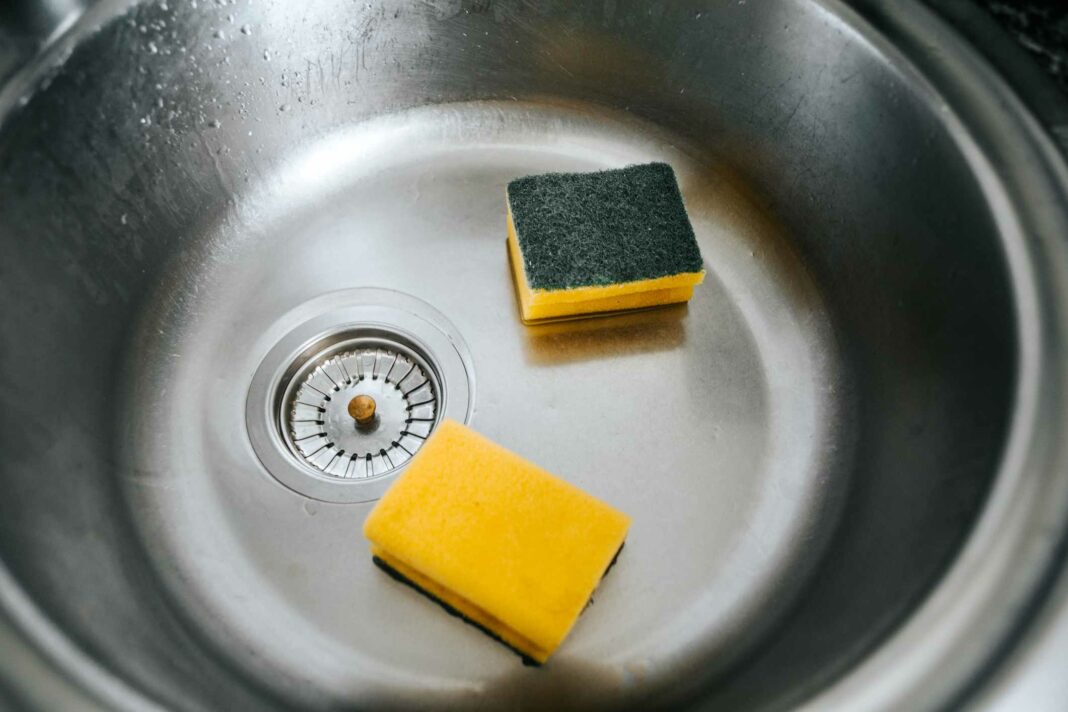How to Clean a Sponge the Right Way—And When You Should Definitely Throw It Out
The Importance of Cleaning Your Sponge
Keeping your sponge clean is essential for maintaining a healthy home environment. Sponges can quickly become a breeding ground for bacteria, mold, and mildew if not cleaned regularly. By learning how to clean your sponge properly, you can prevent the spread of harmful germs and ensure your dishes and surfaces are truly clean.
Step 1: Rinse Your Sponge Thoroughly
After each use, rinse your sponge under warm water to remove any food particles, soap residue, and debris. Squeezing the sponge while rinsing will help flush out any trapped dirt.
Step 2: Microwave or Boil Your Sponge
To sanitize your sponge, you can either microwave it on high for one minute or boil it in water for five minutes. This will kill most of the bacteria and germs lurking in your sponge.
Step 3: Allow Your Sponge to Dry Completely
After cleaning and sanitizing your sponge, make sure to squeeze out any excess water and allow it to air dry completely. This will help prevent the growth of mold and mildew.
When to Throw Out Your Sponge
While regular cleaning can help extend the life of your sponge, there will come a time when it’s best to say goodbye to it. Here are some signs that indicate your sponge is beyond saving:
Foul Odor
If your sponge has a persistent foul odor that doesn’t go away even after cleaning, it’s time to toss it out. This smell is a sign that bacteria and mold have taken over your sponge.
Mold and Mildew Growth
If you notice black, green, or pink spots on your sponge, it’s a sure sign of mold and mildew growth. Using a sponge with mold can spread harmful spores around your home.
Worn-out and Falling Apart
If your sponge is falling apart, losing its shape, or has holes in it, it’s no longer effective at cleaning and sanitizing. A worn-out sponge is also more likely to harbor bacteria and germs.
Conclusion
Keeping your sponge clean and sanitized is crucial for maintaining a healthy home environment. By following the proper cleaning steps and knowing when to throw out your sponge, you can ensure that your dishes and surfaces are truly clean and free from harmful germs. Remember to regularly clean and sanitize your sponge to prevent the spread of bacteria and mold.
FAQs
Q: How often should I clean my sponge?
A: It’s recommended to clean your sponge at least once a week, but you can clean it more frequently if you use it heavily.
Q: Can I put my sponge in the dishwasher?
A: Yes, you can place your sponge in the dishwasher for a thorough cleaning cycle. Make sure to wring out excess water before placing it in the dishwasher.
Q: Are there any natural ways to clean my sponge?
A: You can soak your sponge in a solution of vinegar and water or lemon juice and water to naturally clean and sanitize it.




